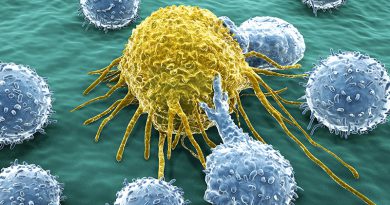Biomarker in saliva predicts childhood obesity: study
Published on September 14th, 2020 by Christina Echegaray.
A molecular marker in saliva is associated with the emergence of childhood obesity in a group of preschool-age Hispanic children, according to a new report the journal BMC Medical Genetics.
The findings supports ongoing efforts to identify biomarkers associated with the emergence of childhood obesity before body mass index (BMI) is designated as obese, said Shari Barkin, MD, MSHS, director of Pediatric Obesity Research, William K. Warren Foundation Professor of Medicine and chief of the Division of General Pediatrics at Monroe Carell Jr. Children’s Hospital at Vanderbilt.
The prevalence of pediatric obesity has been increasing at an alarming rate, with a disproportionate burden in Hispanic populations.
Barkin and her colleagues collected saliva samples at baseline from children who were enrolled in the Growing Right Onto Wellness (GROW) trial. A total of 610 parent-preschool child pairs, 90% of whom were Hispanic, received high-dose behavioral intervention during a three-year study period. At enrollment, the children were at-risk for obesity, but not yet obese. Even with interventions to improve nutrition, physical activity and sleep, 30% of the children emerged as obese.
The investigators collected saliva as an easily accessible, non-invasive tissue that they hoped would reveal genetic and epigenetic factors that might predispose a child to obesity.
In a previous study, they analyzed saliva samples from a subset of the enrolled children for methylation of genes associated with obesity. Methylation is an epigenetic “mark” on DNA that regulates gene expression. They found that methylation at 17 DNA sites in the child’s baseline saliva was associated with the mother’s BMI and waist circumference, suggesting that obesity risk may be transmitted from mother to child.
In the newest study, investigators found that methylation of a gene called NRF1, which has roles in adipose tissue inflammation, was associated with childhood obesity. A child with the NRF1 methylation at baseline had a threefold increased odds of being obese three years later, after controlling for maternal BMI and other factors.
Other authors of the current study included Amanda Rushing, Evan Sommer, Shilin Zhao, PhD, and Eli Po’e. This research was supported by grants from the National Institutes of Health (HL103620, DK092986, TR000445).
– by Leigh MacMillan
Hope – Summer/Fall 2020

